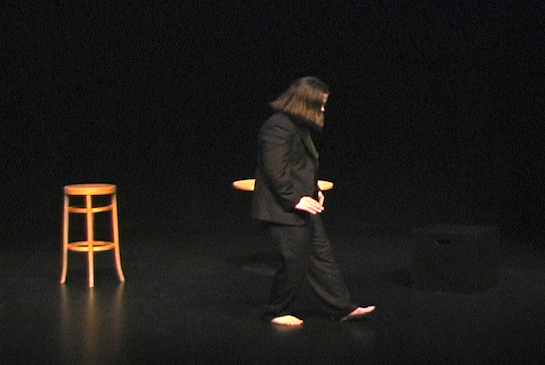Relearning to Walk after Severe Brain Injury
Relearning to Walk – Common Struggle for Severe TBI Survivors
Call me at 800-992-9447
As part of my TBI Voices initiative, I played Lethan Candlish’s Who Am I, Again? video to more than 20 brain injury support groups. The initial video is over 50 minutes long. Every bit of it is riveting and I would highly recommend it. But for many brain injury survivors, it is too long to watch in a dark room. Yet, Lethan’s portrayal of relearning to walk always had everybody’s attention and would make most smile. Yet the saga of relearning to walk was a poignant reminder of how far brain injury survivors have to go when they wake up, how far most had already come.
In Lethan’s words:
I remember it being hard, frustrating. It was kind of embarrassing having to be re-taught how to do things, like walking, that I knew I should know how to do.
(Demonstrating:) Walking technique. Heel, toe, heel toe… But I wasn’t doing it right so I had to keep practicing.Heel, toe, heel.”
To read those words takes but a few seconds. But Lethan demonstrates this so vividly – the ordeal, the frustration, the embarrassment of having to relearn to walk – something – learned as a young child. The frustration is tangible, so arduous . Lethan succeeds in making even those who have never been through severe brain injury, understand. That one glimpse into Lethan’s severe brain injury rehabilitation creates a bridge to better understanding. In that scene Lethan portrays a broader glimpse into the tangible difficulties that relearning life after severe injury involves.
For the severe TBI survivor, it is not just walking that has to be relearned. Brain injury survivors may have a need to go slow – to “heel, toe, heel, toe” – so much of life. Memory, conversation, relationships – they all work better when done one step at a time. While brain injury survivor’s learn at different rates, virtually all survivors can relearn, if they receive the right therapy. For some the “heel, toe” may start not with parallel bars, but by relearning other simple lessons, like the names of objects, the names of relatives. But I strongly believe that the brain is ever evolving.
Plasticity or more specifically neuroplasticity is the brain’s capacity to replace neural functions that have been destroyed by brain damage. The word plastic is used, because the theory is that the brain can remold itself. It is largely thought of as one part of the brain doing a damaged part’s job. But I believe that neuro-plasticity can have a far more global positive (or negative) impact. I believe that neuronal pathways can continue to reconnect, each month, each year, as a person recovers. I believe that as long as the recovery environment involves the right stimulation, positive feedback and community integration, that the survivor can continue to move forward – one step – at – a – time – on the journey of recovery. Not for 18 months, but for a lifetime of recovery.




